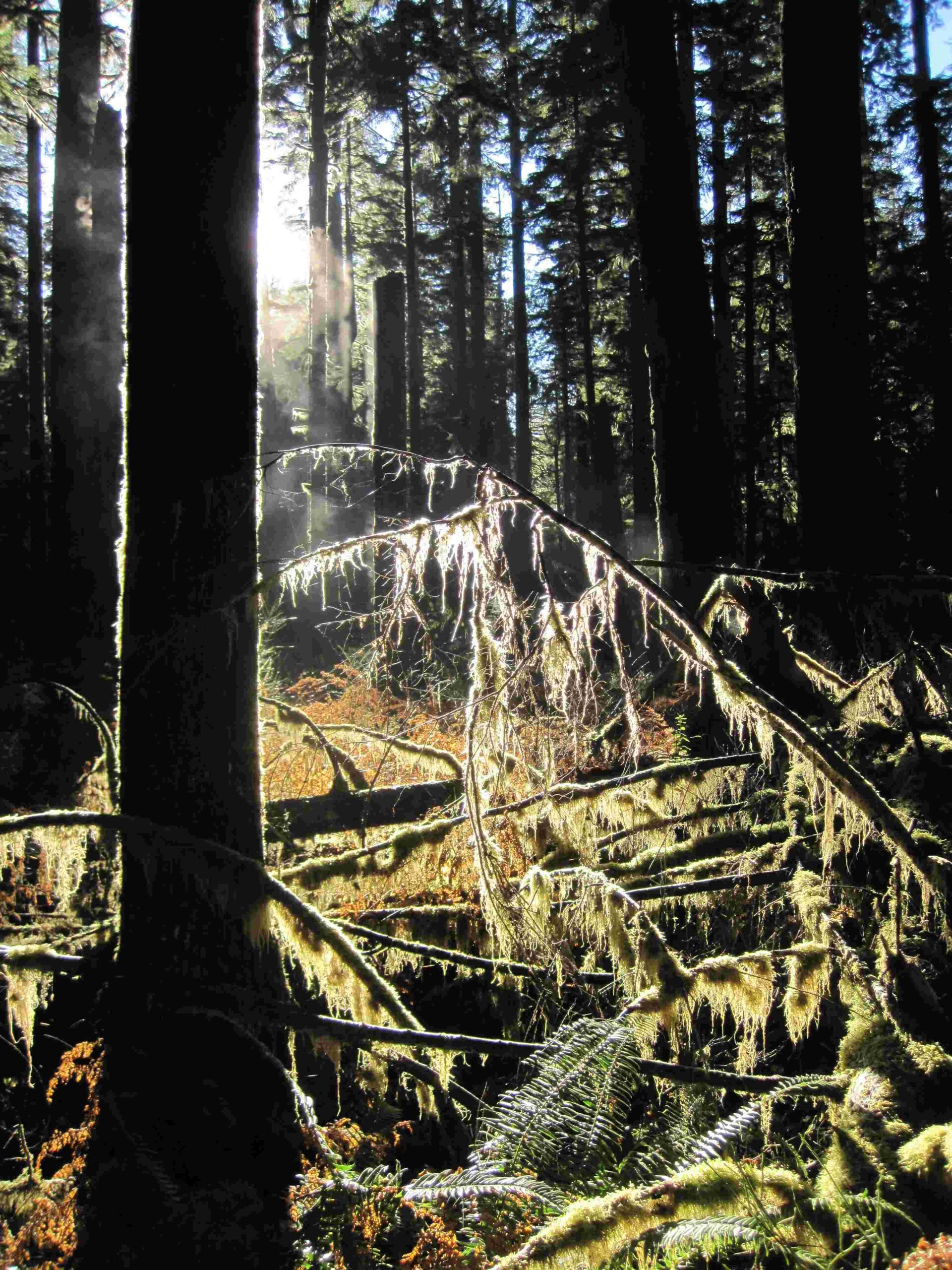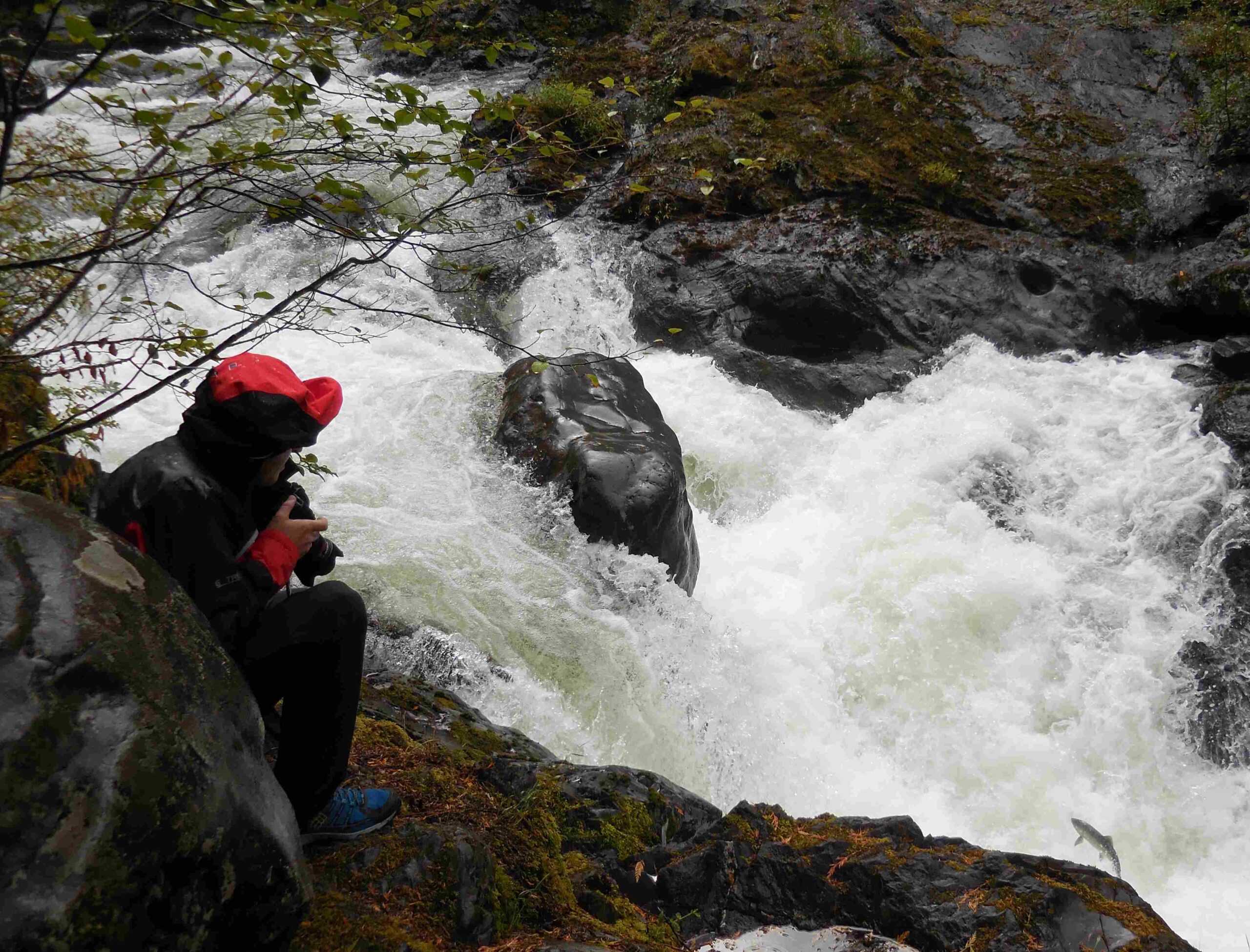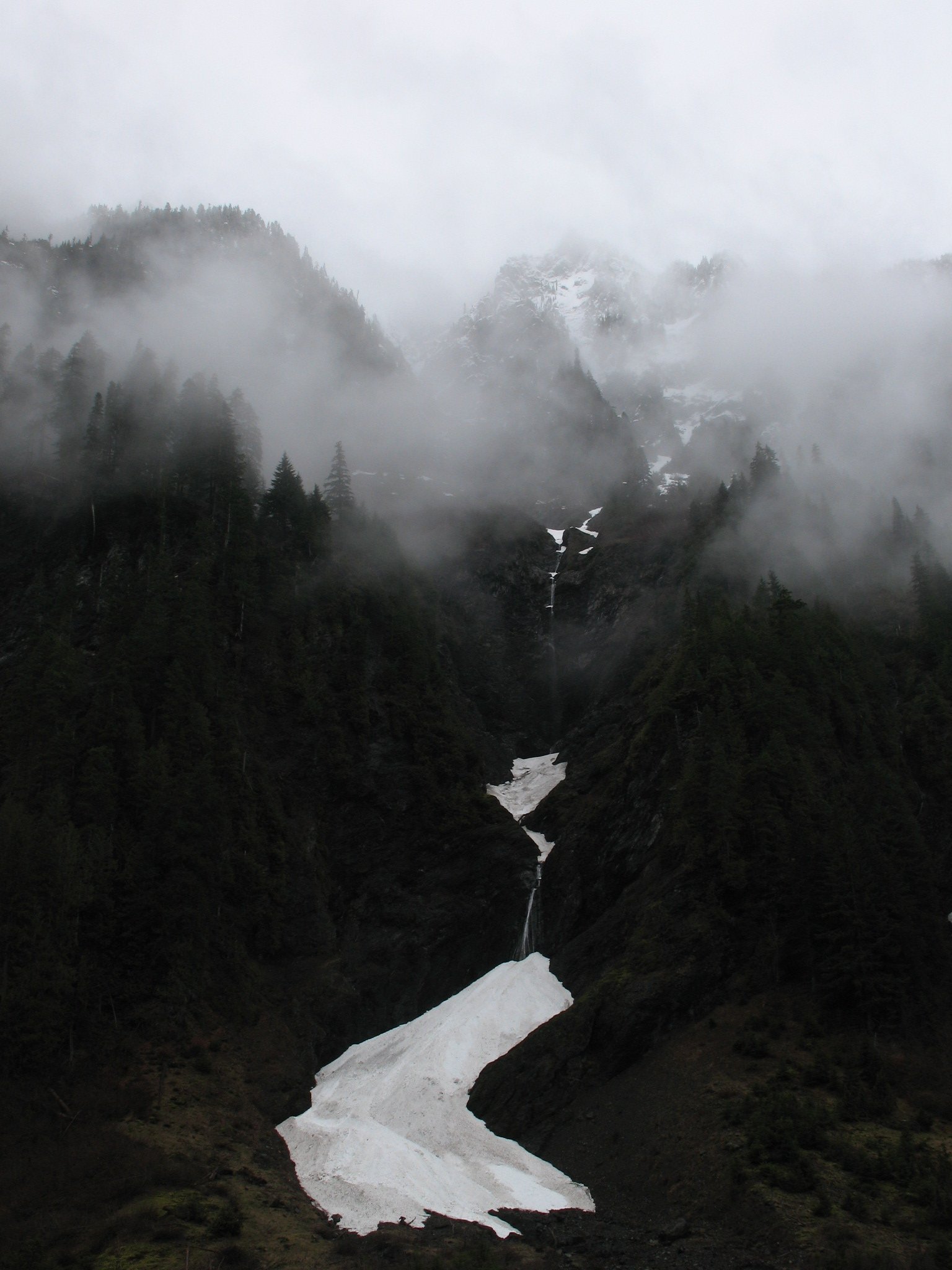An Olympic National Park and Rainier road trip offers a diverse experience of Washington’s natural wonders. This journey combines the rugged coastline, lush rainforests, and alpine meadows of Olympic National Park with the majestic peaks and glaciers of Mount Rainier. Spanning several days, this road trip provides opportunities for hiking, wildlife viewing, and breathtaking scenery in two of America’s most iconic national parks.
What Are the Key Highlights of an Olympic National Park and Rainier Road Trip?

An Olympic National Park and Rainier road trip offers a wealth of natural wonders and outdoor experiences. Here are some key highlights:
- Hurricane Ridge: Panoramic views of the Olympic Mountains
- Hoh Rainforest: Ancient temperate rainforest with moss-draped trees
- Ruby Beach: Rugged coastline with sea stacks and driftwood
- Paradise at Mount Rainier: Wildflower meadows and glacier views
- Sunrise area: Alpine lakes and panoramic vistas
These diverse landscapes showcase the best of the Pacific Northwest, from coastal ecosystems to subalpine meadows.
How Should You Plan Your Olympic National Park Itinerary?

Planning your Olympic National Park itinerary requires careful consideration of the park’s vast size and diverse ecosystems. Here’s a suggested two-day itinerary:
Day 1:
– Morning: Drive to Hurricane Ridge, hike Hurricane Hill trail
– Afternoon: Visit Lake Crescent, relax at Sol Duc Hot Springs
– Evening: Sunset at Rialto Beach
Day 2:
– Morning: Explore Hoh Rainforest, hike Hall of Mosses trail
– Afternoon: Visit Ruby Beach, optional hike to Marymere Falls
This itinerary covers the park’s main ecosystems: mountains, lakes, beaches, and rainforest. Adjust based on your interests and fitness level.
What Are the Must-See Attractions in Mount Rainier National Park?
Mount Rainier National Park offers numerous attractions centered around its iconic peak. Here are the must-see spots:
- Paradise: Known for wildflower meadows and the challenging Skyline Trail
- Sunrise: Highest point reachable by car, offering stunning views
- Reflection Lake: Perfect for capturing Mount Rainier’s reflection
- Longmire: Historic district with museum and easy hiking trails
- Grove of the Patriarchs: Ancient forest with massive old-growth trees
Each location offers unique perspectives of Mount Rainier and its surrounding ecosystems.
How Can You Optimize Your Photography in These Parks?
To capture the best photos during your Olympic National Park and Rainier road trip, consider these tips:
- Timing: Shoot during golden hour (just after sunrise or before sunset) for warm, soft light
- Locations:
- Olympic NP: Ruby Beach for coastal shots, Hurricane Ridge for mountain vistas
- Mount Rainier: Reflection Lake for classic mirror shots, Paradise for wildflower foregrounds
- Equipment: Bring a wide-angle lens for landscapes and a tripod for low-light situations
- Composition: Use foreground elements (flowers, rocks) to add depth to your images
- Weather: Embrace foggy or cloudy conditions for moody forest shots in Olympic NP
Remember to respect wildlife and stay on designated trails while photographing.
What Are the Best Hiking Trails in Olympic National Park?
Olympic National Park offers a variety of hiking trails suitable for different skill levels. Here are some top picks:
| Trail Name | Length | Difficulty | Key Features |
|---|---|---|---|
| Hurricane Hill | 3 miles RT | Moderate | 360-degree mountain views |
| Hall of Mosses | 0.8 miles | Easy | Lush rainforest, moss-covered trees |
| Hoh River Trail | Up to 17.3 miles | Moderate to Difficult | Rainforest, river views |
| Rialto Beach to Hole-in-the-Wall | 4 miles RT | Easy to Moderate | Coastal scenery, tide pools |
| Mount Storm King | 4 miles RT | Difficult | Panoramic views of Lake Crescent |
Always check trail conditions and bring appropriate gear for your chosen hike.
How Should You Prepare for Changing Weather Conditions?
Weather in both Olympic National Park and Mount Rainier can be unpredictable. Here’s how to prepare:
- Layer clothing: Bring moisture-wicking base layers, insulating mid-layers, and waterproof outer layers
- Pack rain gear: Always carry a waterproof jacket and pants
- Footwear: Bring sturdy, waterproof hiking boots
- Sun protection: Don’t forget sunscreen, sunglasses, and a hat
- Check forecasts: Review weather predictions for specific areas of the parks
- Be flexible: Have indoor backup plans for extremely wet days
Remember, weather can change rapidly in mountainous areas, so be prepared for all conditions.
What Are the Costs Associated with This Road Trip?
Understanding the costs involved in an Olympic National Park and Rainier road trip helps with budgeting. Here’s a breakdown:
- Park Entrance Fees:
- Olympic National Park: $35 per vehicle (7-day pass)
- Mount Rainier National Park: $35 per vehicle (7-day pass)
- Accommodation:
- Campgrounds: $20-$50 per night
- Lodges: $100-$300+ per night
- Food:
- Groceries for self-catering: $30-$50 per person/day
- Restaurants: $20-$40 per person/meal
- Transportation:
- Rental car: $50-$100 per day
- Fuel: Varies based on vehicle and distance
- Equipment rentals (if needed):
- Hiking gear: $20-$50 per day
Consider purchasing an America the Beautiful Pass ($80) for free entry to all national parks for a year if you plan to visit multiple parks.
How Can You Minimize Your Environmental Impact During the Trip?
Responsible tourism is crucial for preserving these natural wonders. Here are ways to minimize your impact:
- Follow Leave No Trace principles:
- Pack out all trash
- Stay on designated trails
- Respect wildlife (observe from a distance)
- Use reusable water bottles and shopping bags
- Choose eco-friendly accommodations when possible
- Carpool or use shuttle services within the parks
- Support local conservation efforts through donations or volunteer work
- Properly dispose of waste and use designated restroom facilities
By following these guidelines, you help protect these parks for future generations.
What Are the Best Times to Visit Olympic National Park and Mount Rainier?
The best time to visit depends on your preferences and planned activities:
- Summer (July-August):
- Pros: Warm weather, all roads open, peak wildflower blooms
- Cons: Crowded, potential for wildfires
- Fall (September-October):
- Pros: Fall colors, fewer crowds, mild weather
- Cons: Some facilities begin to close, potential for early snow
- Winter (November-March):
- Pros: Snow activities, quiet atmosphere
- Cons: Many roads and facilities closed, limited access
- Spring (April-June):
- Pros: Waterfalls at peak flow, emerging wildflowers
- Cons: Unpredictable weather, some snow-covered trails
For the best balance of good weather and moderate crowds, consider visiting in late June or early September.
Remember to check park websites for current conditions and any seasonal closures or restrictions before your trip.

